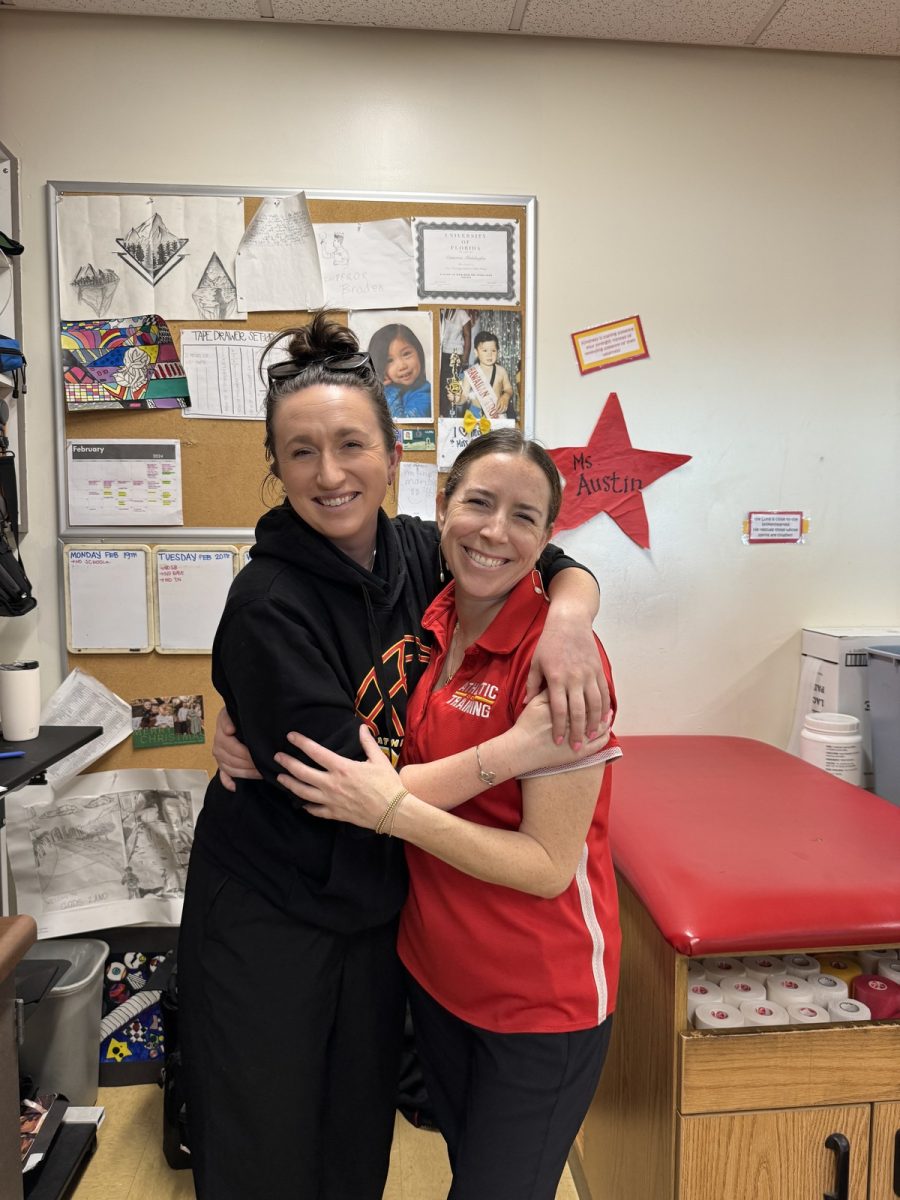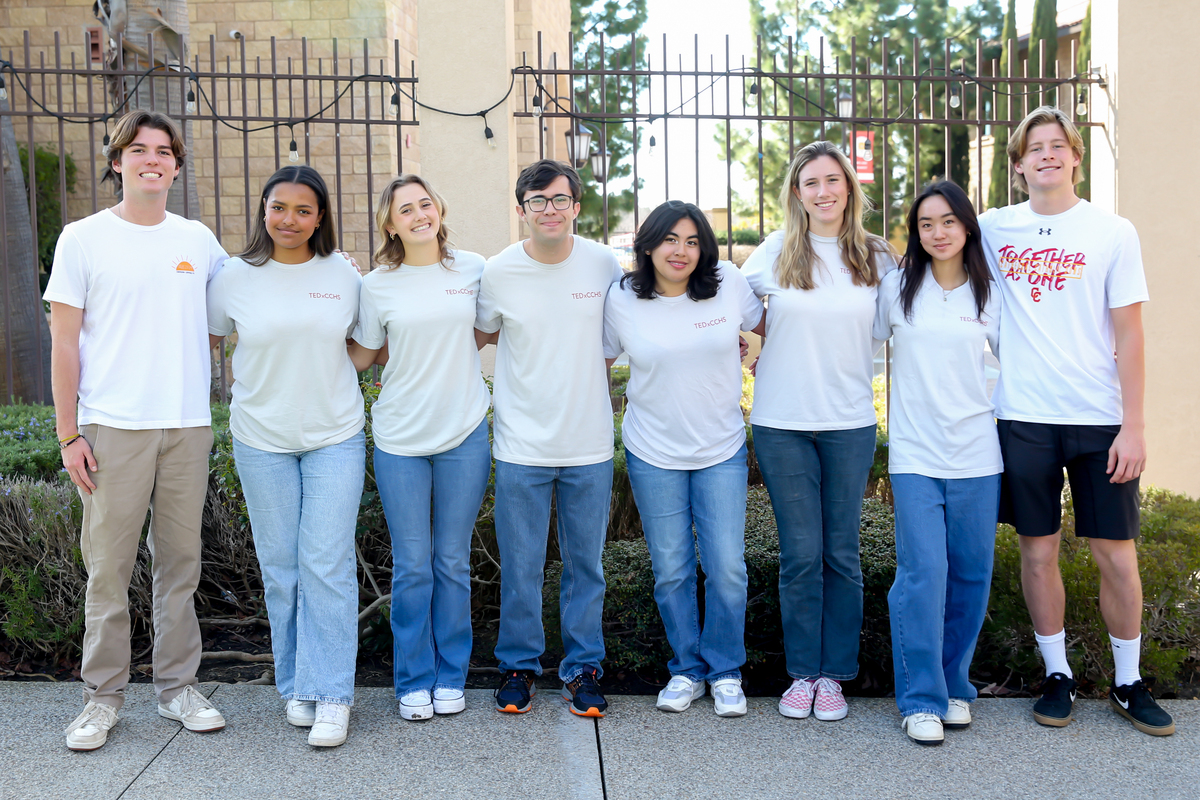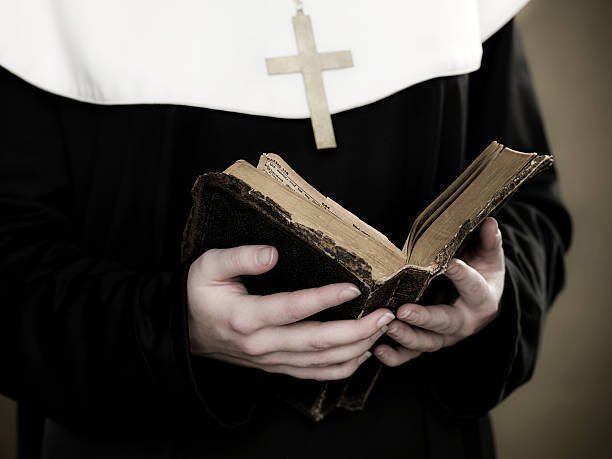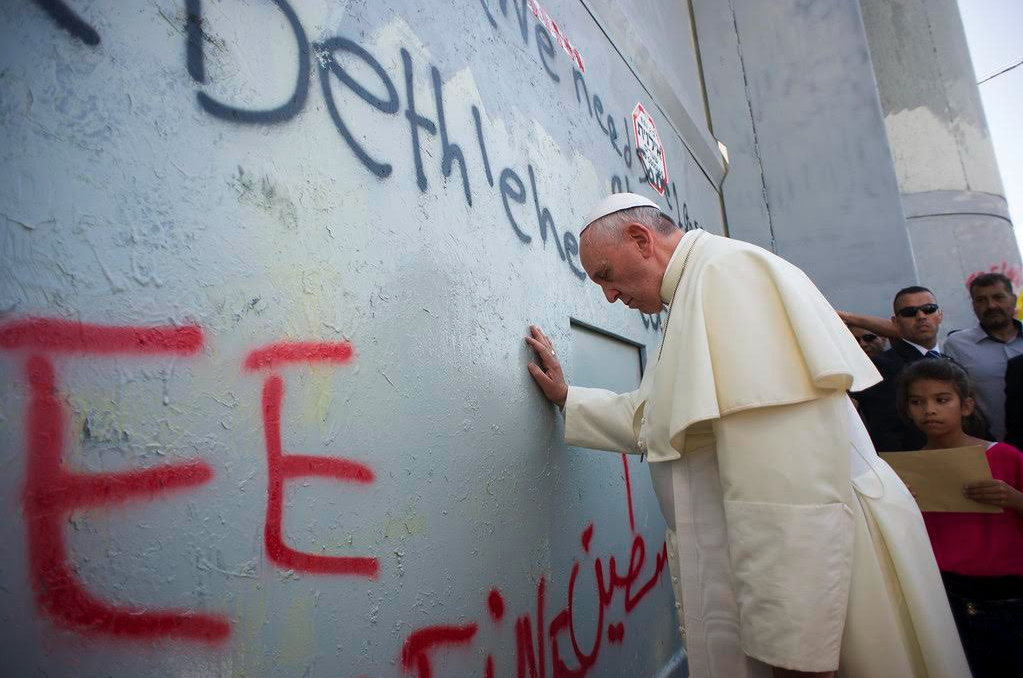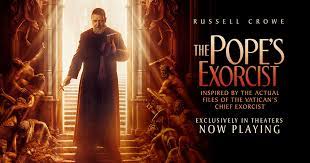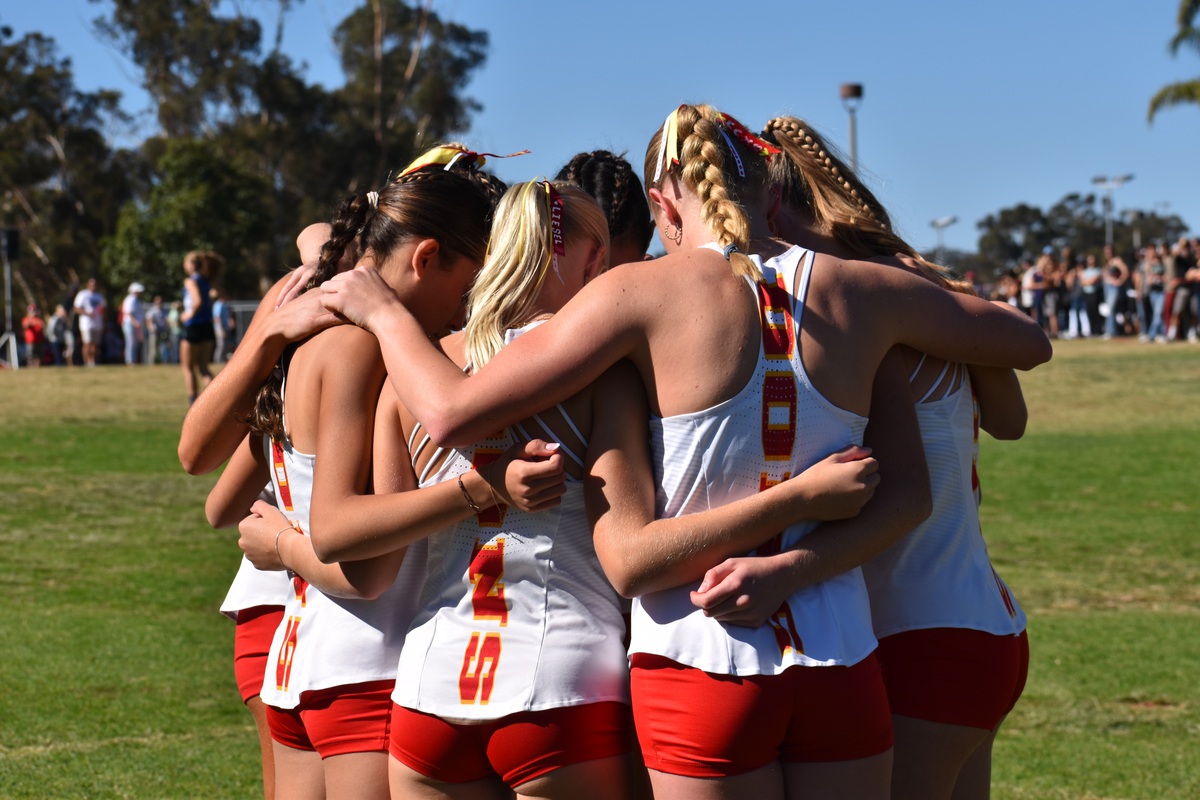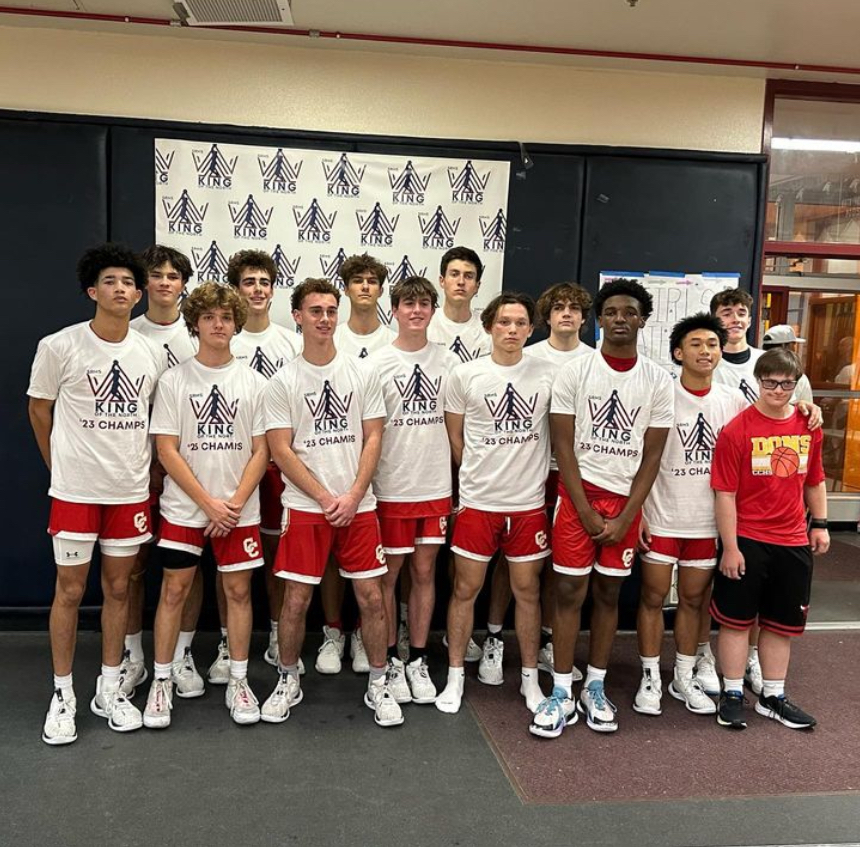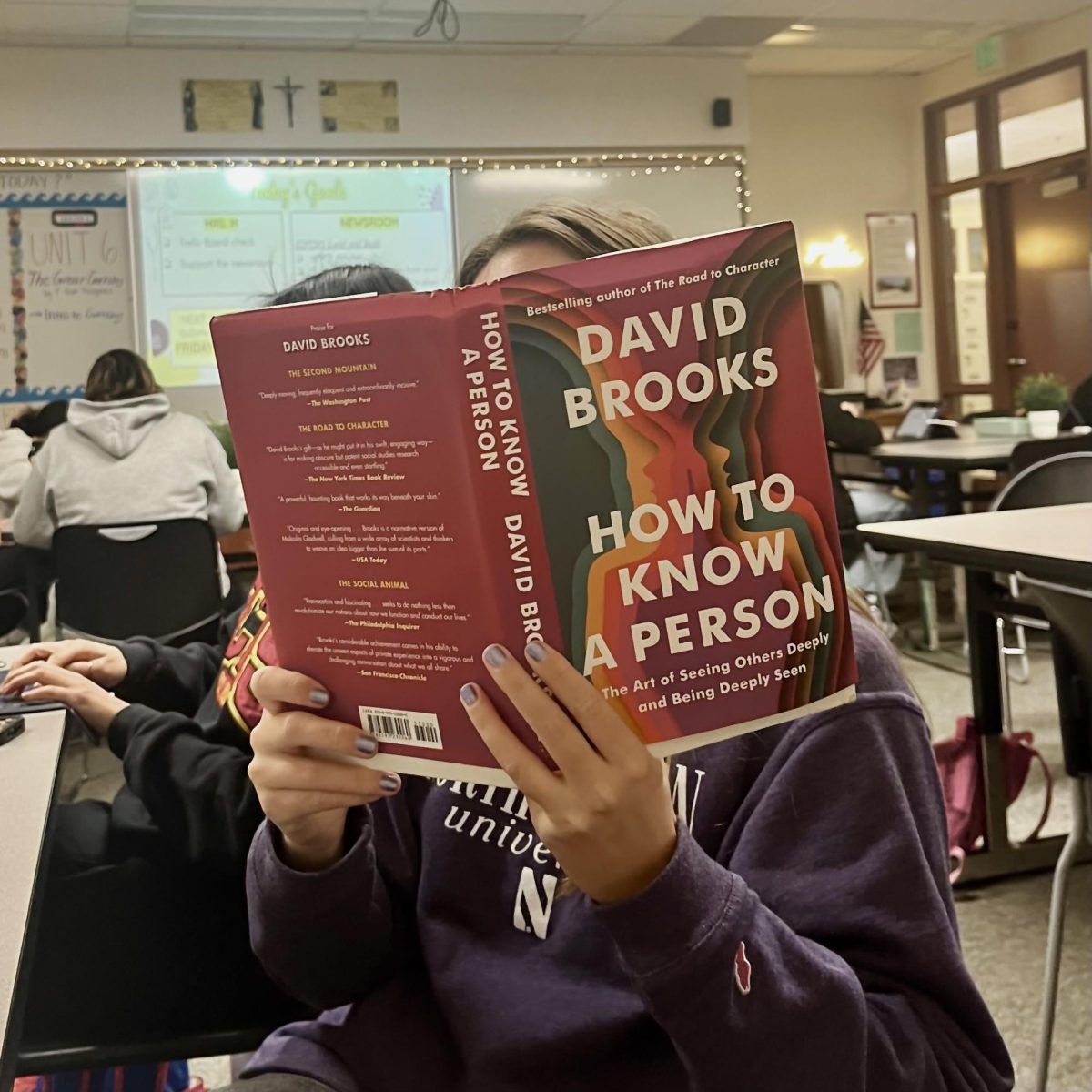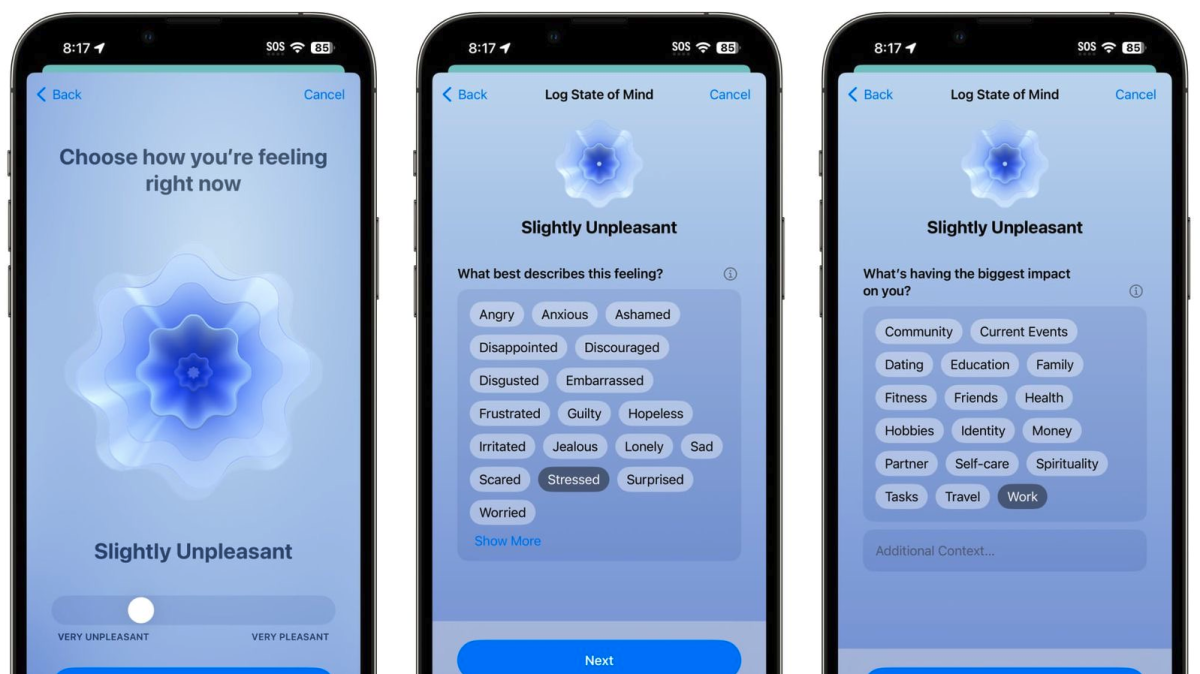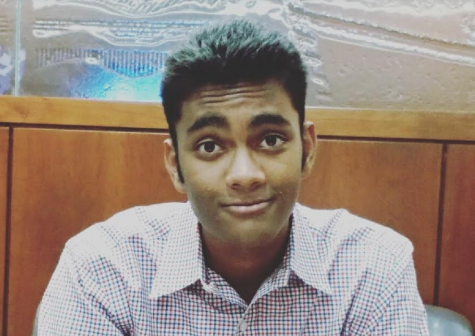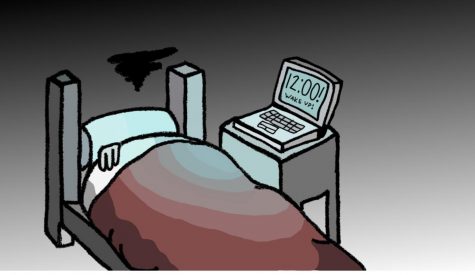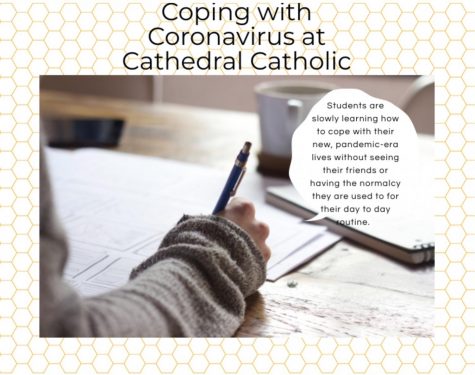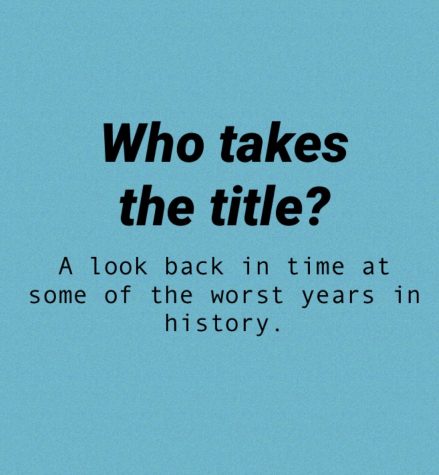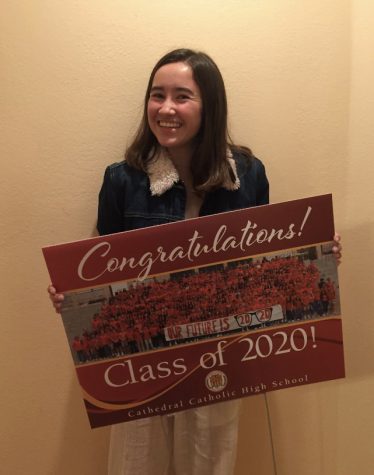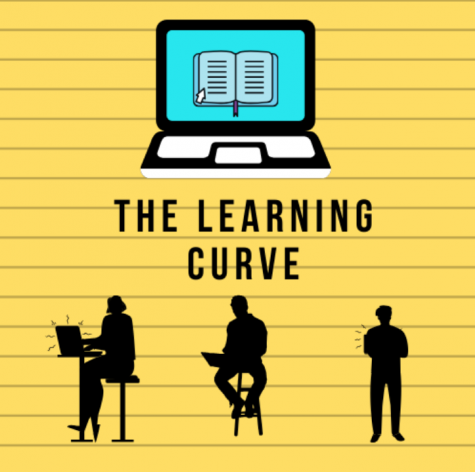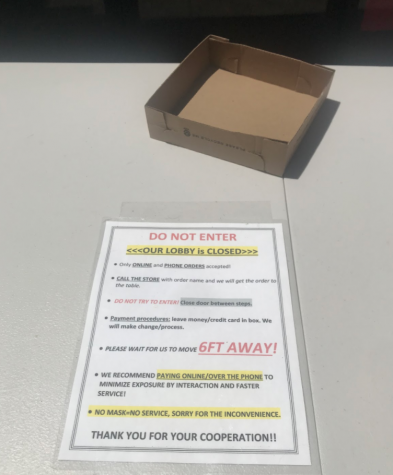Rocks fly where funds cease
September 21, 2016
Arriving the day of a teacher strike, new Cathedral Catholic High School physics and chemistry teacher Mr. Thomas Vitton remembers his first day teaching at Hamilton Elementary School, a public school located south of City Heights.
“As long as I didn’t get pegged with rocks by the other strikers, I was content,” Mr. Vitton said.
At a time when many public schools across the U.S. are struggling with budget and course offering cuts, inner city schools suffer disproportionately as needed academic and social services no longer receive adequate funding, causing many social justice issues to arise.
With experience at more than 30 different schools in San Diego, Mr. Vitton has experienced the inequities and growing crime rates at low-income schools.
According to the Center for Disease Control in Atlanta, 32.8 percent of students are involved in physical fights and an average of 13 young people aged 10-24 are victims of homicide each year at school. Moreover, the CDC also reports that almost 6 percent of school children do not go to school for one or more days a year because they feel unsafe while attending or commuting to school.
Some San Diego public schools located in underprivileged neighborhoods have become dangerous instead of the “structured and nurturing learning environments they were designed to be,” Vitton said
“The students at the schools I taught at in Paradise Hills were somewhat good, but they had a lot of family and community problems,” Mr. Vitton said. “Many students brought guns and knives to school. I wasn’t worried for my own safety, but I was scared of a student getting hurt if a fight broke out at the school.”
Due to underfunding of public schools within low income areas of San Diego, athletic participation, extra-curricular expression, and safety have been compromised, damaging the school environments and student learning, Vitton said.
Jose Bautista, a facility custodian at CCHS, has two children at Casa de Oro Elementary, another public school in a underpriveleged neighborhood.
Due to underfunding, Mr. Bautista said his children lack essential tools for learning.
“The classrooms have 40 to 50 kids in them, which is the main source for distractions during class,” Bautista said. “Ditching class became common because students lose interest and do not care about their education because no learning happens in the classrooms.”
Many schools in these neighborhoods exceed the maximum number of 33 students per classroom due to a lack of money for more teachers and classroom space, according to the California Department of Education.
While Mr. Bautista wants more people to help these schools, he especially hopes CCHS students will step forward as he believes helping fits the school’s Christian mission.
“CCHS students have a Christian calling; if they could help by giving an extended hand to that, it would be great,” Bautista said. “It is the little things such as technology, like [used] Ipads, that really help the kids.”
In fact, the CCHS community and its students boast a long record of helping inner city schools by dedicating time, resources, and money.
“Visiting the inner city catholic schools, I began to realize how fortunate we are to be at Cathedral with IPads,” CCHS student Bradley Sweeney ‘17 said. “It is inspiring to watch the kids go to a school that doesn’t look aesthetically pleasing, and see them wanting to learn and be involved in class because of the influence we have on them.”
Contrary to Mr. Vitton’s first day at his other schools, his first day teaching at CCHS filled him with gratitude. He was greeted by a supportive staff, especially from his physics and chemistry peers, and students with exceptional manners.
“Use this opportunity to strive for the best and keep Christian values,” Mr. Vitton said. “Do [your] homework daily.”



